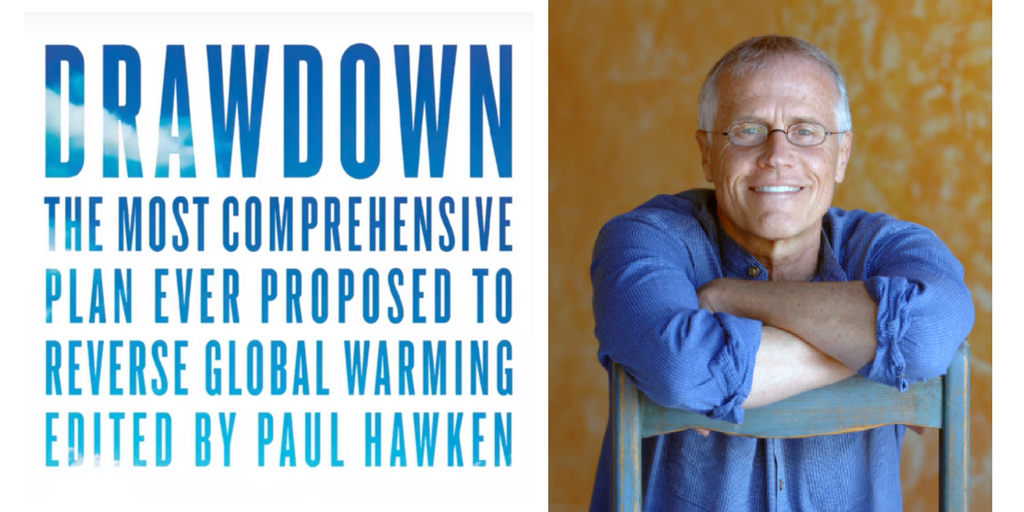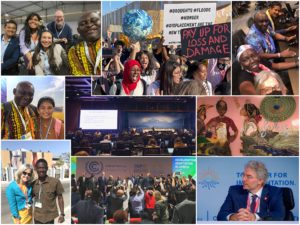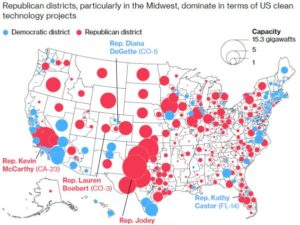Drawdown: 100 solutions to reverse global warming
By Flannery Winchester
Each month, Citizens’ Climate Lobby hosts an online meeting featuring a guest speaker to educate listeners on topics related to climate change and our Carbon Fee and Dividend proposal. Check out recaps of past speakers here.
Changing how you understand a problem can have a huge impact on how you approach that problem. For CCL’s monthly meeting in August 2017, environmentalist and author Paul Hawken offered a different way to understand the problem of climate change: what if, instead of global warming happening to us, we think of global warming happening for us? (That’s a big shift, I know.)
But with this reframing, “We see global warming not as an inevitability, but as an invitation to build, innovate and effect change; a pathway that awakens creativity, compassion, and genius. This is not a liberal agenda, this is not a conservative agenda—this is a human agenda.”
Those quotes came from the introduction to the book “Drawdown: The Most Comprehensive Plan Ever Proposed to Reverse Global Warming,” which Hawken edited. Project Drawdown is a research organization started over three years ago, in response to the lack of information about where humanity really stands in relation to the challenge of climate change. “I’d been asking this question since 2001,” Hawken explained. “Where do we stand? What do we know? Can we reverse global warming?”
So with the incredible brainpower and resources of more than 240 researchers and organizations, Project Drawdown launched to try to answer those questions by mapping the 100 most substantive solutions to reverse global warming.
From “game over” to “game on”
In 2012 and 2013, Hawken remembers reading a few scary climate change pieces, including “Global Warming’s Terrifying New Math” by Bill McKibben. He also was heavily influenced by this graph, showing runaway concentrations of greenhouse gases: carbon dioxide, nitrous oxide, methane, hydrofluorocarbons and so on.
“I had so many people come to me and say ‘Game over,’” Hawken remembered. “I said, ‘Well, it’s actually game on.’ So I decided to do Project Drawdown.”
When it came to the language of this project, Hawken wanted nothing to do with half-hearted, hedging words like “mitigation,” “reduction,” and “stabilization.” He felt they were inadequate and didn’t represent the enormity of the task at hand. Instead, he wanted to talk explicitly about “reversal” of climate change. “When you make a goal bigger, it gets more interesting,” Hawken explained. “There’s more room for imagination, for inventiveness, for genius, for brilliance.” He was ready to dream big.
He put the call out to research scientists all over the world who would take on a solution and basically write a master’s thesis on it—do the math on the impact of each solution. The scientists who responded and ultimately became the Project Drawdown team are from 22 countries on six continents. They hold PhDs or advanced degrees. They are Rhodes scholars, Fulbright scholars, White House fellows and more. Almost half of them are women. All of them were modeling these climate solutions based on peer reviewed data.
The Drawdown results
The book “Drawdown” dives into the net cost, net savings, and emissions saved over the next 30 years for each solution. Keep in mind, the team was very cautious to err on the conservative side. In general, these numbers are the lowest estimates, so in reality, we could see even more emissions reductions and cost savings.
Here are just a few highlights from Hawken himself. It’s clear looking at these numbers that, compared to business as usual, these solutions make as much economic sense as they do climate sense. Plus, there’s an incredible diversity of solutions available to us:
- High speed rail, a solution currently dominated by Japan, could offer significant emissions reductions as well as $368.1 billion in savings compared to business as usual.
- Indigenous land management. “Nobody’s better at protecting forests than those people who are the original inhabitants,” Hawken said. Letting indigenous people manage their own land could remove 6.19 gigatons of CO2 equivalent and protect another 849.3 gigatons from being added to the atmosphere.
- Improved rice production. Farming rice in a slightly different way can drastically reduce the amount of methane it produces. This is a no-cost solution: it simply requires farmers sharing a new technique with each other.
- Wind turbines (onshore). This solution is ranked second in Project Drawdown, with the ability to reduce 84.6 gigatons of CO2 equivalent and offer net savings of $7.43 billion by 2050.
- Plant-rich diet. Forget the labels of vegetarian or vegan, Hawken said. If people in rich countries just adjusted their animal protein intake down to about 50 or 60 grams per day, it could reduce 66.11 gigatons of CO2 equivalent.
- Educating girls and family planning are ranked the sixth and seventh solutions, but combined, they’re the number one most effective solution for reducing global warming. An educated woman has an average of two children and is better off economically than a woman who is pulled out of school early.
Within their top 100 solutions, Project Drawdown also identified around 20 “coming attractions,” as Hawken called them. “These are solutions that are scientifically valid, they’re working, but there is no data to model them,” such as marine permaculture and building with wood, rather than concrete or steel. The team included these in Project Drawdown to show just how many solutions are actually at hand and how many more are coming. “Humanity is on the case,” Hawken said. “We’re not resigned and stupid—we’re not asleep at the wheel.”
Every solution is important
“We tend to ask about ‘What’s the number one thing we can do?’ The number one thing we can do is everything!” Hawken said. “There’s no such thing as a small solution. There’s no such thing as a small organ in your body—it all goes together.”
As we scale these solutions over the next 30 years, Hawken is hopeful we can achieve the point of “drawdown,” where emissions peak and then, year after year, decline. And where does a carbon price fit in with all these other solutions? It would speed up the pace of every single one of them.
Hear Paul Hawken’s full remarks on our August 2017 podcast or on YouTube, and follow Project Drawdown on Twitter at @ProjectDrawdown.







